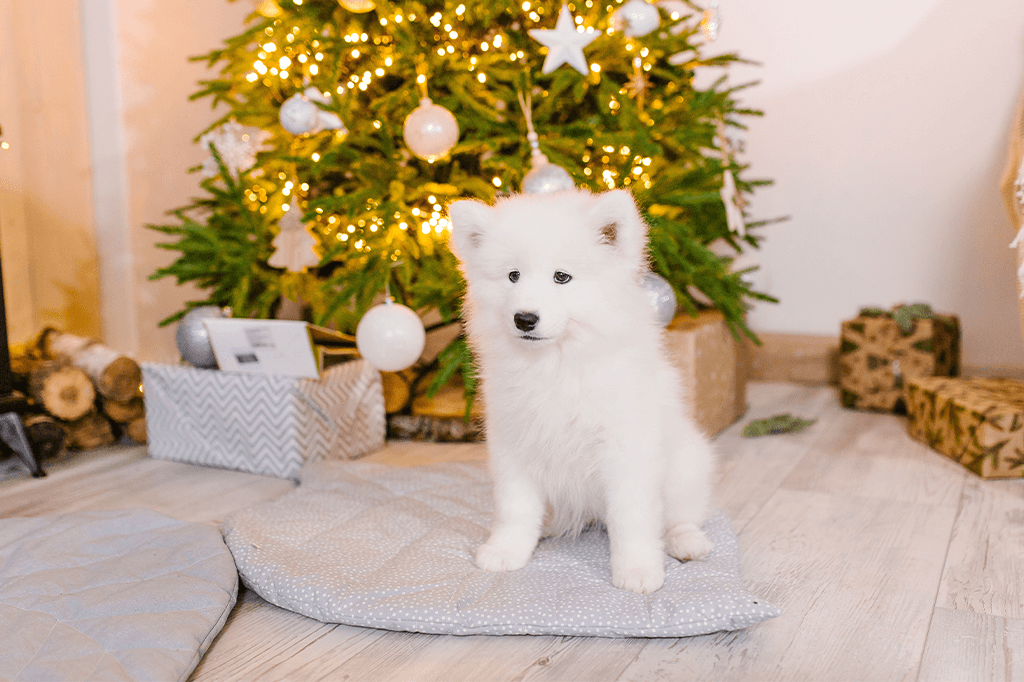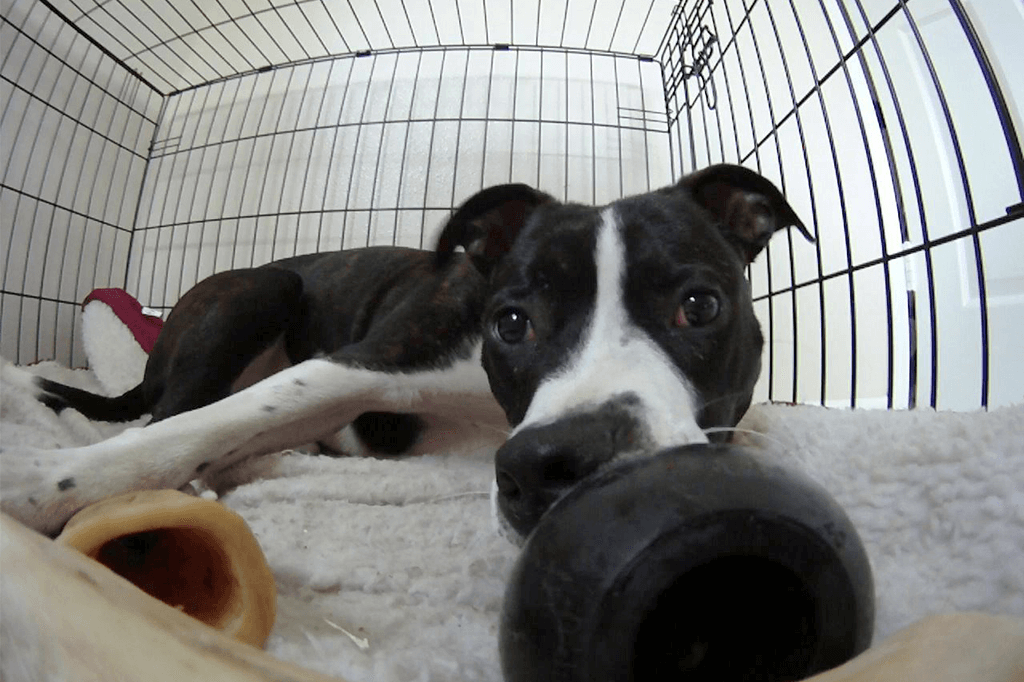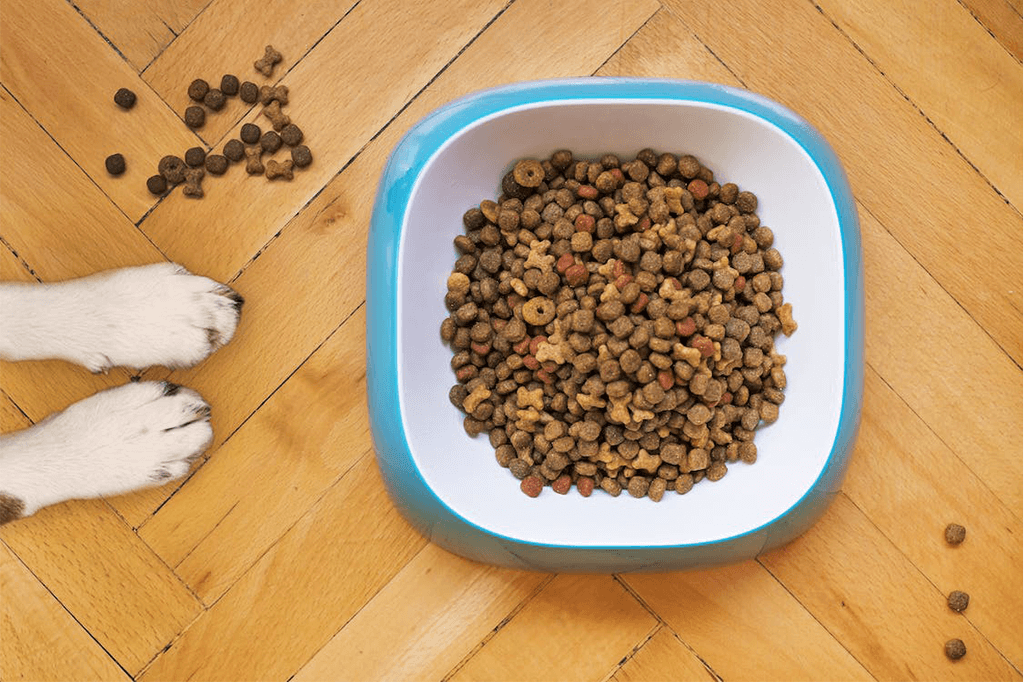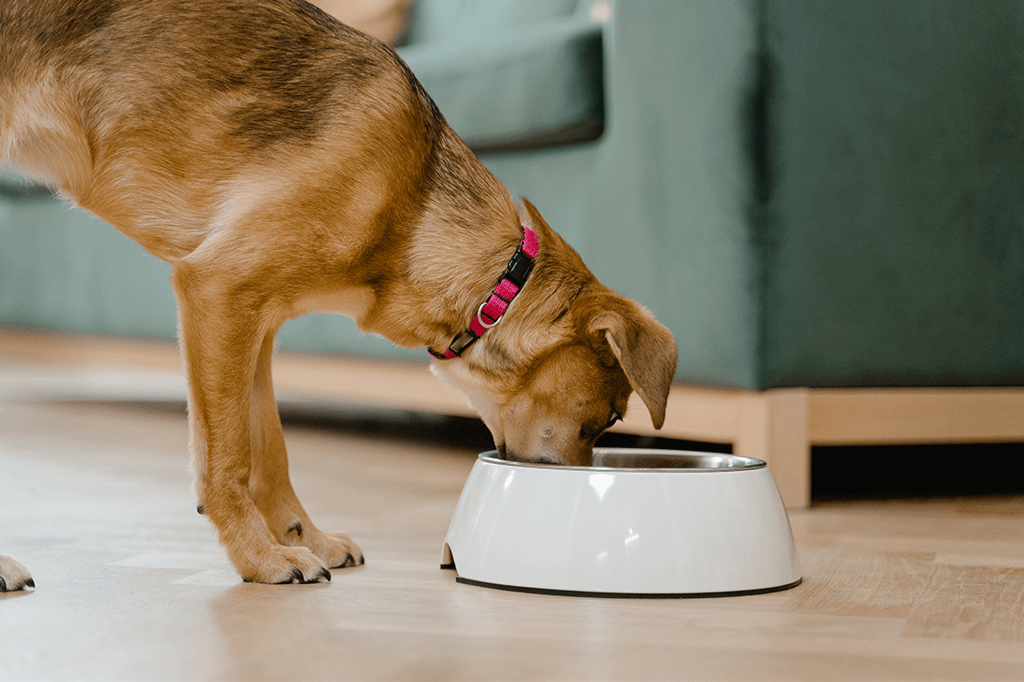Everything You Need To Know About Feeding Puppies
So, you have a new puppy! You can look forward to many years of companionship and love with your new found friend. But, while he or she is still young that puppy will rely heavily on you. At this stage, your most important roles will be cleaning up after and feeding your friend round the clock. Don’t be alarmed though. Feeding puppies the right food in the right quantities is something that can be managed by anyone with the proper research and attention to detail.
Feeding Milk To Newborn Puppies
Most of the time, the puppy’s mother will provide all of the care and milk that a newborn could want. If you happen to be in the position of “mothering” a newborn puppy alone, you’ll end up being the one to feed it. A consultation with the veterinarian is a must to get an exam and advice on feeding your pup. Generally, the vet will recommend a commercial canine milk replacer that is formulated specifically for puppies. The puppy will likely need to be syringe or bottle-fed once every two hours and won’t eat very much at a time.
SIDE NOTE: Puppies can’t get the nutrients they need from regular cow milk or milk from another animal! You must use canine milk replacer formula.
When To Give Dry Food To Puppies?
Puppies should be fully transitioned to dry food by seven or eight weeks old. However, you can start gradually incorporating dry kibble into their milk around four weeks old. Soak a small amount of kibble in milk replacer or water and blenderize or mash it to the consistency of gruel. Place this on the floor for the puppy several times a day, while still bottle feeding. It may take the puppy a while to figure out how to eat this semi-solid food. As they get the hang of it, gradually reduce the amount of liquid in the kibble until they are eating dry kibble. Congratulations! You’ve successfully transitioned your pup to dry food!
How Often To Feed Puppies?
After your pup is on solid puppy food, you should keep up a regular feeding schedule of about four times daily between the ages of six to 12 weeks. By this time, your puppy will start to look more like a young adult dog. Start decreasing feeding to about three times a day, but you might want to increase the quantity of the food at each meal for larger breeds.
At six months old, you’ll want to cut back to twice daily feedings for your dog. When your pup reaches one year old, and perhaps a few months before then, you’ll want to make the transition to adult dog food. If your furry friend acts like he or she wants more food at meals and completely empties the bowl, you may need to increase the quantity.
If your dog doesn’t eat all of his or her food, it could mean that their appetite is decreasing now that they aren’t growing as much. As long as your dog is in otherwise good health, you can probably cut down the portion sizes some to eliminate any waste.
How To Make Homemade Puppy Food
If you don’t trust store brand puppy food, or your puppy has allergies and sensitivities, you may be interested in making homemade puppy food. There is a formula to follow when combining ingredients to your homemade mash that ensures a growing pup gets everything he or she needs. Err on the side of caution by consulting with a veterinarian and doing a lot of research into recipes before you start. This way you’ll avoid creating a nutrient deficiency or overdose when feeding puppies. However, the general amounts of different ingredients are as follows:
50% Protein
10% Vegetable or Fruit Matter
35% High-Fiber Carbohydrates
5% Fats
Nutritional Supplements
The kind of supplements to add to the puppy food will depend on your veterinarian’s recommendation. So, be careful of adding anything without their approval.
Cooking these ingredients is important to prevent food poisoning and make it easier to digest. Usually, you can just combine all of the ingredients and saute the mix over medium heat until fully cooked through. Make sure to finely dice all of the ingredients, or else place them in the blender after cooking to create a mash. This makes it much easier for your pup to chew when first learning to eat.
Is It Okay To Give Puppies Table Scraps?
Newborn puppies are unlikely to express much interest in any solid human food. As your pup gets older, he or she may start to notice what you are eating and want to try it out. Of course, feeding your dog table scraps is an easy way to give them bad habits and may set him or her up for obesity. Since you are raising a puppy, this is a great opportunity to establish hard and fast rules about human food to keep them from constantly shadowing the dinner table. If you do feel like sharing, consider some healthier, low-calorie options, such as sliced carrots or apple pieces that older puppies and dogs can chew on.
Tips for Feeding Puppies!
Feeding puppies is a surprisingly involved process, especially while they are still very young. But, to make things easier for you, here are a few additional tips when making those meals!
- #1 Puppies should be transitioned to adult-sized portions around three months old, but every dog is different. You’ll know that it’s time to adjust their food when the puppy starts looking less pudgy and round, and more like a miniature version of an adult dog.
- #2 Adjust the amount of food you give a puppy downwards in comparison to the number of treats you feed them. Many pet owners will use food treats as rewards when training. This is fine. Just remember that it can ruin the pup’s appetite for dinner.
- #3 Don’t leave food out all the time. Put it down in a bowl at consistent points throughout the day for ten to twenty minutes at a time. This will help your puppy to establish a good schedule.
- #4 You should have fresh water available all the time for the puppy. Of course, pups who are still bottle-fed won’t be very interested in the water yet.
- #5 Be careful of adding supplements to a regular diet of store-bought puppy food. The food should already have enough nutrients for a growing pup and extra supplements can result in a potential overdose.
Like with all aspects of having a dog, learning about feeding puppies and figuring out the right methods take research. As your pup grows up, you’ll also want to begin the training process. Find out more about how to start building a strong relationship with your pet with a good routine via the “Training an Untrained Dog” video course. This easy, effective video series shows you how to handle many challenges of pet ownership.



